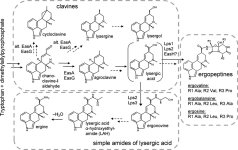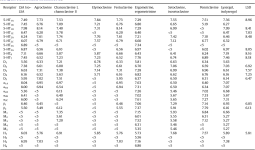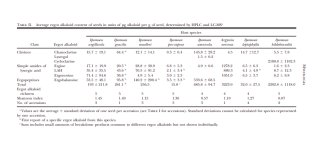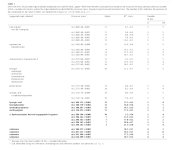Biological studies of clavine alkaloids targeting CNS receptors, Published late 2023
Paper attached
Abstract:
Clavines are psychoactive ergot molecules found in ergot fungi and their plant partners or hosts.
To provide a bit of a visual example of this here is an image from a recent paper on Morning Glory alkaloids:
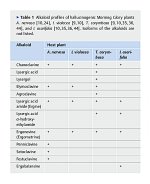
And some others showing clavine alkaloid content and variation for Ipomoea tricolor and Ipomoea corymbosa.
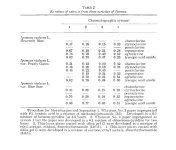
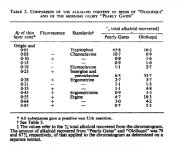
Paper attached
Abstract:
In contrast to well established psychedelics such as lysergic acid diethylamide
(LSD) and psilocybin, ergot alkaloids of the clavine subclass have not been
thoroughly investigated, in spite of their broad occurrence in nature and their
well-established potent physiological effects. This study presents the current
knowledge on the biological properties of clavine alkaloids, draws comparisons
to the pharmacology of ergolines and related psychedelics, and demonstrates
opportunities to develop novel structure–activity relationship (SAR) profiles.
The latter could usher in a new stage of medicinal chemistry studies that enable
an expansion of the currently structurally limited portfolio of psychedelic
therapeutics.
Clavines are psychoactive ergot molecules found in ergot fungi and their plant partners or hosts.
To provide a bit of a visual example of this here is an image from a recent paper on Morning Glory alkaloids:

And some others showing clavine alkaloid content and variation for Ipomoea tricolor and Ipomoea corymbosa.




